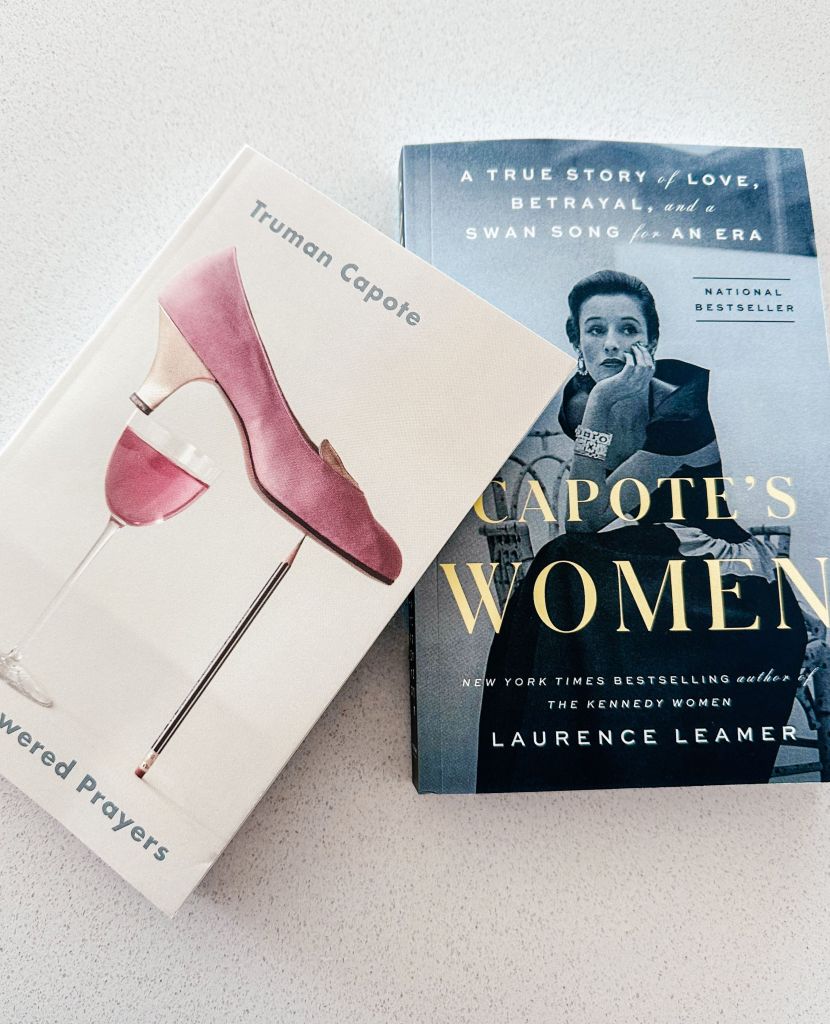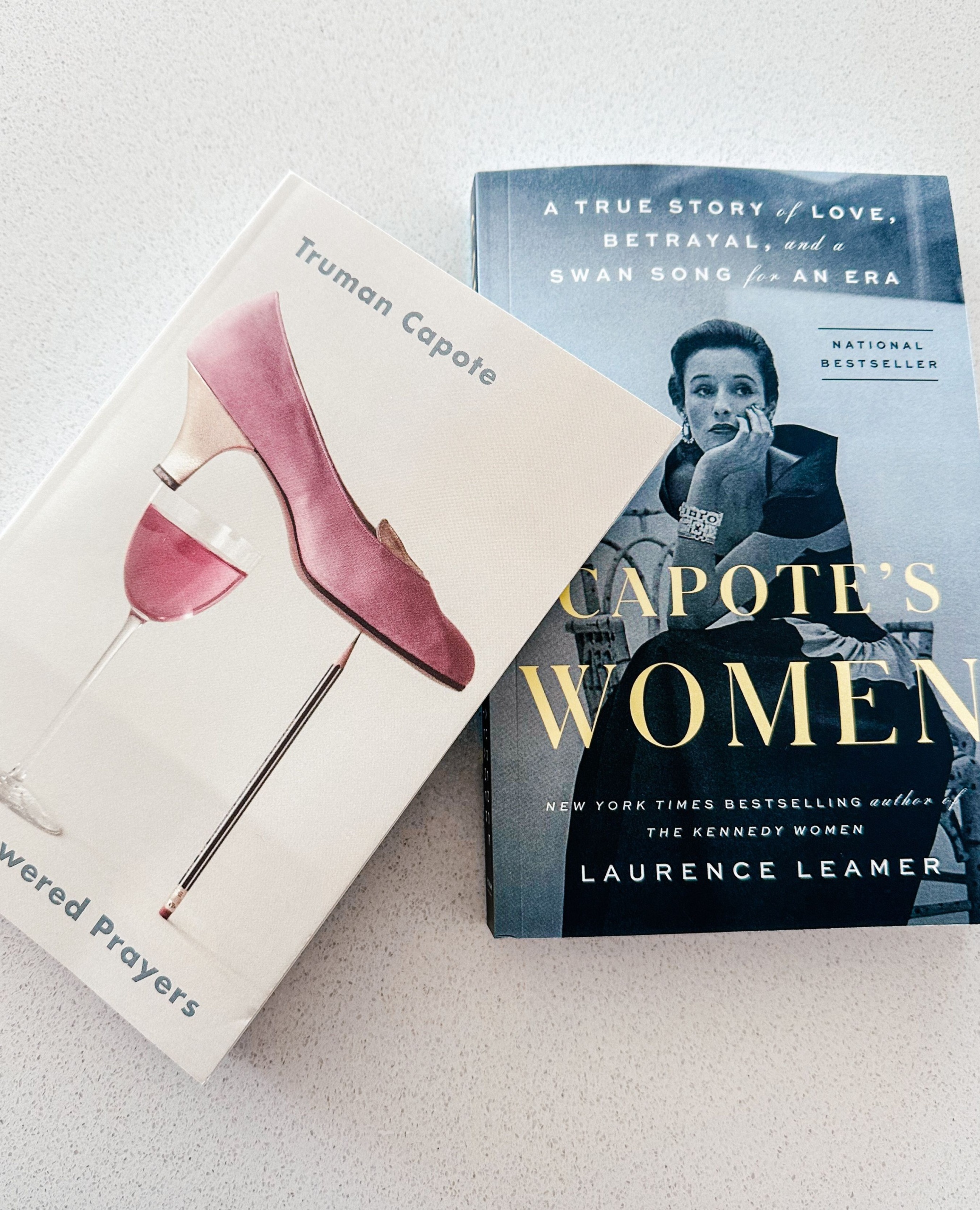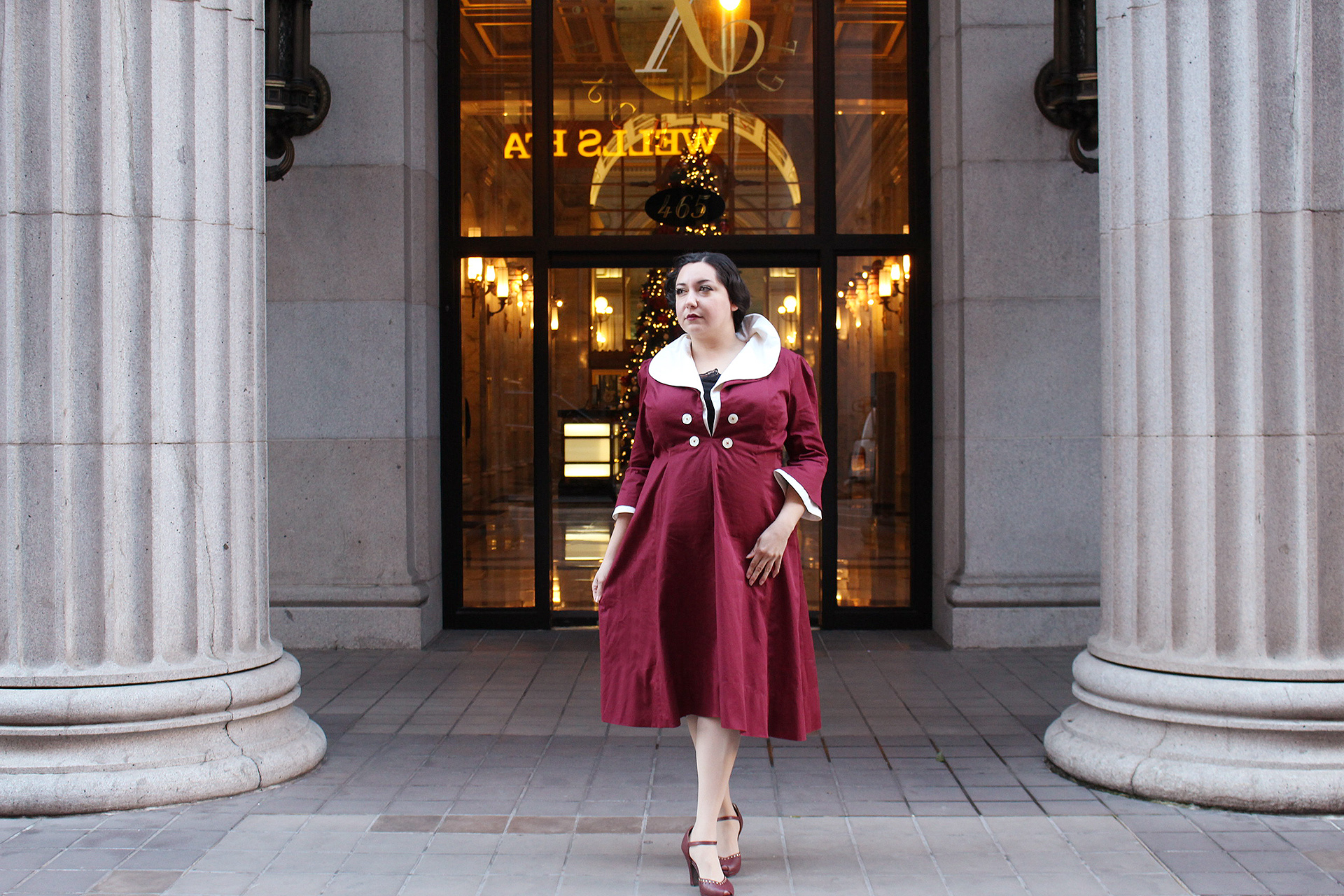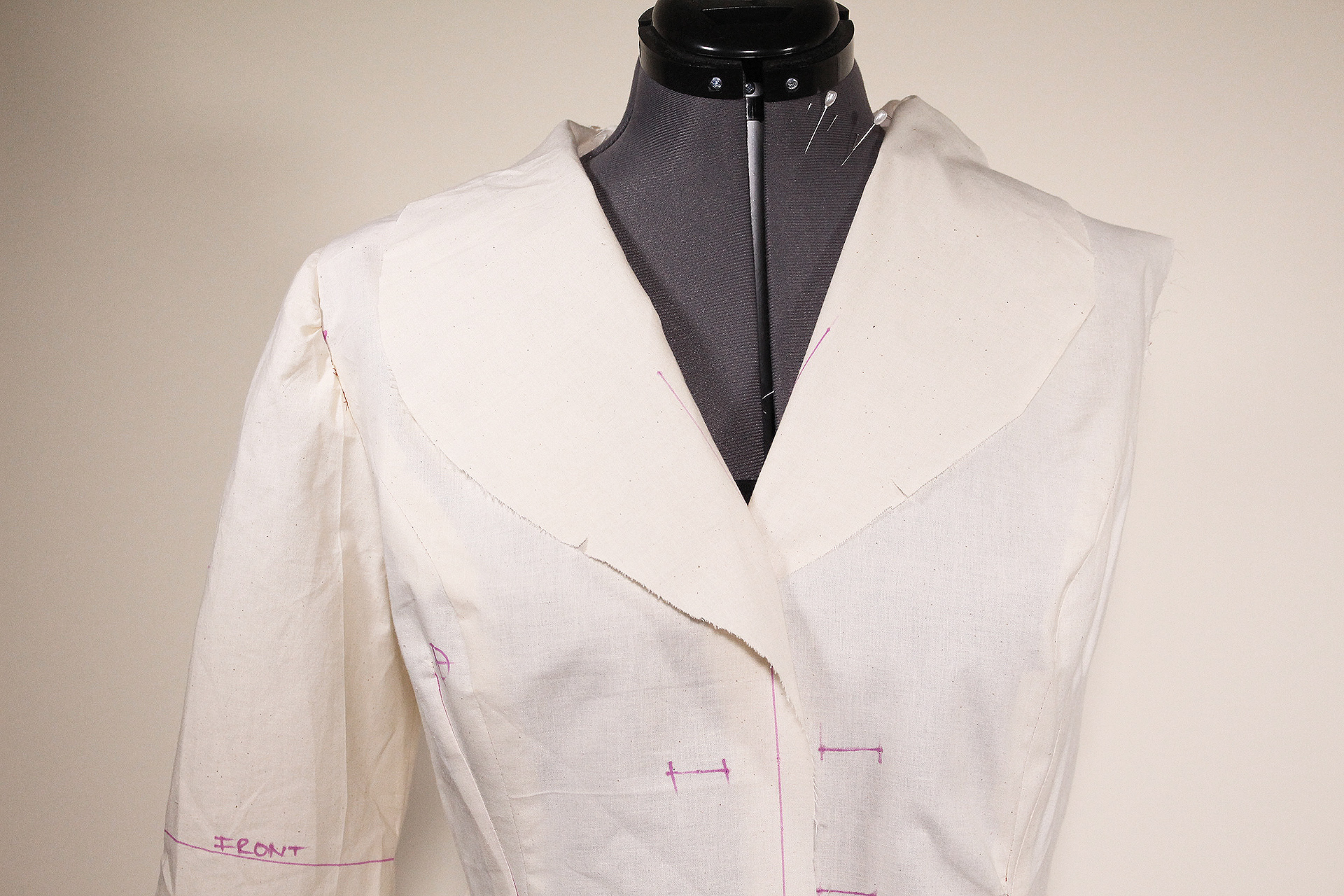While working on new videos for the YouTube Channel, I decided earlier this year to start exploring and engaging with 40s-60s TV shows and movies. Explicitly, learning more about media portrayals during this period of time.
Jumping in with both feet, I tackled the Feud: Capote vs The Swans , which is a snapshot of Truman Capote and his beloved “Swans,” the upper crust of mid-century cafe society. It was a study of (what I’ll be affectionally naming) “Champagne Problems” mixed with “Real People Problems,” which make for an odd marriage of relatability and horrendous classism.
Finishing the show, I ran off to pick up two books which would help me understand the narrative better, because unfortunately, the show left me unsatisfied.

NPR’s Pop Culture Happy Hour summed up my thoughts perfectly (emphasis mine):
If you were avoiding this because of his too much of a muchness, I would say, for me, there was not enough of an enoughness here. I wanted something dishy and filled with quips and banter and waspishness. But this show turns out to be very mournful and melancholic, and it’s about regret and self-loathing. … It was thrilling to get to watch these great actors portraying these icons of the New York social scene, who I had heard about but never entirely understood. But the television making was confounding. Essentially, all plot points happen in the first episode and a half.
NPR Pop Culture Happy Hour, “Does ‘Feud: Capote Vs. The Swans’ ruffle enough feathers?”, FEBRUARY 16, 2024
The Legend of Capote

It’s been forty years since Truman Capote has passed on and he’s comfortably recognized amongst legendary American writers like Ernest Hemingway, John Steinbeck, and Mark Twain. His prose was beautiful, iconic, and tragic, influenced by his upbringing and unique lived experience as a gay man in the 1930s.
Reading the inciting piece inspiring this season of The Feud, there seemed to be quite a bit of navel gazing expressed in his work, almost as if Truman was holding a mirror up to himself.
The point is, the theme moving through your work, as nearly as I can locate it, is of people achieving a desperate aim only to have it rebound upon them – accentuating, accelerating, their desperation.”
“Unspoiled Monsters,” Truman Capote, 1975
While writing Answered Prayers, in the desperate striving for completing the piece, his work ultimately rebounded and lead him down the path towards self medicating with drugs and alcohol, committing social suicide.
The outcome of it hints at the traditional narrative around the Tortured Artist, though on the heels of recent discourse around Taylor Swift’s album The Tortured Poet’s Department, the relationship between (financially) “well-off” people and the pain of manifesting art is actively being examined.
Truman was a complex individual, whose relationship to his writing, beauty and spectacle, and the women who he surrounded himself with was something I’m not sure (from reading these books) he ever was able to find peace with.
On one hand, in prioritizing the creation of his art, he threw his muses under the bus. On the other hand, he vastly underestimated how much these women meant to him and their practical role in his sense of self.
Both books were painful reads as a result.
WASP women of the era

Reading “Capote’s Women” was like reading reality TV in paperback form. The featured women: Babe Paley, Gloria Guinness, Slim Keith, Pamela Harriman, C.Z. Guest, Lee Radziwill, and Marella Agnelli, all lead complicated lives, ultimately striving to find their footing in a life that had been outlined by social expectations of women in their class.
Internalized misogyny was rampant, with them submitting to a prescribed life of external abundance while simultaneously suffering alone, unwilling to change their circumstance to maintain their lifestyles.
Her whole life was about marrying a proper rich man and then having her daughters do the same. Education was not to be squandered on her. Best to ‘finish’ her lightly with a proper veneer of charm and no dangerous knowledge that might offend her husband.
“Capote’s Women”, Laurence Leamer
She spent her life creating this image that she had everything, but it was simply not true. Here was this woman envied beyond measure for her perfect life, when Truman was the only one who saw that her existence was a tragedy.
“Capote’s Women”, Laurence Leamer
Time and time again in these women’s stories was the reality that they’d been groomed to embody a certain life, maintain a certain role in their marriage, and do everything in their power to stay within their prescribed level in society. Even while aggressively seen as less-than and ultimately incapable of any other life.
Even women of his class were in some measure inferior beings and largely interchangeable.
“Capote’s Women”, Laurence Leamer
As may be imagined, while WW2 and the Great Depression raged, the struggles of the world at large didn’t seem to touch them, insulated and gliding above the rest of society.
There were many women from upper-class backgrounds out there marching with their sisters, exploring a far broader world than they ever could have as children of privilege. But Babe had been brought up to believe there was only one place for her, and it was not among such plebeian efforts.
“Capote’s Women”, Laurence Leamer
Additionally, the ease of moving through the horrors of the day seemed water off a duck’s back and it’s difficult to tell from either The Feud or “Capote’s Women” what their individual moral stance was on the painful tragedies occurring elsewhere.
Gloria Guinness, as a Mexican woman, married a German count in 1935 and moved amongst Nazi high society. Pamela Harriman married the son of Winston Churchill, having parties and affairs amongst the air raids. By the time the mid-50s rolled around, they’d gone back to mingling in the same rich circles, seemingly (from the reading,) putting the past behind them as if it were a blip of an inconvenience.
There’s an anecdote shared between the show and books which also illustrates the relationship to the larger family unit, specifically children as an accessory to marriage (but not much else.) When C.Z. Guest is asked about how her children were raised by a governess in 1977, she said to the Washington Post:
…That doesn’t mean I never saw them. Of course I saw them. I went fox hunting with them.
By extension, the ease of which these women moved through the courting process, marriage, affairs, and divorces is reduced down to it’s practical implications: how does this or that action contribute to long term security?
It reminded me of the status of women through history, wildly dependent on male’s financial support to live in return for producing male heirs for the family. Cue Jane Austen’s infamous line from “Pride and Prejudice,” Chapter One…
It is a truth universally acknowledged, that a single man in possession of a good fortune, must be in want of a wife.
Truth be told, the amount of unhinged stories in this book was shocking and a solid reminder that no matter the decade, era, or stratus in society, we’re not immune from finding a way to be sloppy and obnoxious just trying to get through life.
Holding up Appearances as a Form of Control

Relating these women into the context of vintage fashion, it’s interesting how much they groomed themselves obsessively, exerting the little control they actually had over their food, clothing, and homes.
A lot of them cultivated an image of themselves which could be admired and aspired to through multiple venues such as best dressed lists in magazines like Harper’s Bazaar or Vogue or in entertaining in their own homes:
Truman knew this sort of beauty and perfection did not just happen. He saw Babe [Paley] as an artist who had created herself as an inspired work of living sculpture. In an era when soup cans and scribbles on a canvas were high art, why couldn’t Babe be seen as the ultimate piece of performance art?
… [Babe] was akin to a splendid piece of art that [her husband] laboriously acquired and set out on his drawing room, a vivid symbol of his good taste, to be admired but rarely discussed.
“Capote’s Women”, Laurence Leamer
The hyper focus on how they would be perceived was astounding, in some cases leading to eating disorders purely for perceived social gain and control of their image.
Anorexia was the swan’s occupational disease, and Lee [Radziwill] was obsessed with her weight all her life. … She had lost enough weight to present her new stylish, svelte image to the world.
…In doing so, she upstaged Jackie [Kennedy, her sister] on her night of nights, which was clearly the point.
“Capote’s Women”, Laurence Leamer
Ultimately, though, they were all compensating for their internal isolation and sadness. Some of these women suffered nervous breakdowns, the humiliation of their husband’s infidelity and sex addictions, attempts at suicide, alcoholism, and financial dependence so crippling that there was no way for them to escape… even if they wanted to.
Internal struggles aside, holding control of appearances was paramount to their lives.
If by malnutrition, ensuring social currency, and doing everything in their power to maintain their class status was a top priority, it’s no surprise Truman Capote’s “La Cote Basque”, published November 1975, was rightfully a bombshell.
Answered Prayers

The 1987 Editor’s Note in “Answered Prayers” is absolutely heartbreaking. In it, Joseph M. Fox (formerly the Senior Editor at Random House) reflects on the emotional and substance abuse spiral of Capote’s life after publishing “La Cote Basque.”
What’s made abundantly clear is how publishing the work would fundamentally rock his world for the worse.
When his biographer, Gerald Clarke, read the pages, he was aghast. … ‘You can’t publish this,’ Clarke told Truman flatly. ‘The characters are barely cloaked. Everyone you’re writing about will recognize themselves.’ … But Truman dismissed his concerns: ‘They won’t know who they are,’ he said with a wave of his hand. ‘They’re too dumb.‘
– “Capote’s Women”, Laurence Leamer
As it turned out, he didn’t know what he was doing. … ”La Cote Basque” produced an explosion which rocked that small society which Truman had set out to describe. Virtually every friend he had in this world ostracized him for telling thinly disguised tales out of school, and many of them never spoke to him again.
Editor’s Note, “Answered Prayers”, 1987
Reading it today, the 33 page chapter is crude, disdainful, and absolutely cutting. In the marginalia of the book, I actually wrote “SPITE” in large letters as my initial impression.

While it ties in elements of magical realism present in the surviving two chapters of Answered Prayers, it reduces the subjects it draws inspiration from to pure gossip and tabloid fodder.
Marella Agnelli, who was not referenced in the chapter, sensed the disconnect in the years leading up to publication. She’d started to observe how Capote’s perspective was impacting their relationship, eventually cutting ties with him shortly after reading an early draft:
Marella began to sense that something was wrong. Where was the writer she admired so much? This was shallow, trivial, and just plain nasty. Some of these people she knew, some she didn’t, but it was all the same. Everyone had seen Truman’s dark, petty side, but now it had taken over and consumed his writing.
“Capote’s Women”, Laurence Leamer
The story reduced the Swans to the gossip column in ways they couldn’t control. While they may have been featured as Best Dressed, or leading cultural icons for the world, the ease of which he trashed their personal lives was direct and revealing.
He prioritized highlighting Women Attacking Women with information they had shared to him in confidence, weaponizing their inner worlds against one another. He also laid bare the painful stories these women attempted to conceal about their unfaithful husbands and shaky social standings to an audience who could point and laugh.
Truman took a deliciously bitchy dig at a weak spot in each woman’s armor: their serial divorces. He referred directly to each woman’s multiple marriages, calling Gloria ‘Gloria Vanderbilt di Cicco Stokwski Lumet Cooper.‘
“Capote’s Women”, Laurence Leamer
For women who had lived in the lap of luxury, working hard to hold up a mask of composed elegance, exposing their failures to the public was voyeuristic and cruel (and not far from the arguments which could easily be made in today’s culture.)
What made this revelation even more appalling was the gusto of which it was done, specifically with Truman Capote’s relationship to the Swans as his “source material.” Similar to the energy in which he ingratiated himself to Perry Edward Smith and Richard Hickock in writing In Cold Blood, he used what he’d learned in his relationship as a tool for his work. But as a result, had diluted himself into thinking this would have no consequence with these women:
Despite the initial fall out, Truman was convinced that once the Swans realized how much they needed him, they would all come fluttering back. It did not happen.
… As painful as it was for the Swans, they had husbands, lovers, other friends, and extensive social lives. They could move on. Truman could not. He needed these women more than he had ever imagined.
“Capote’s Women”, Laurence Leamer
After publication, Truman Capote spiraled into depression, alcoholism, and rampant drug use, being cut off from nearly all Swans. Between drunk appearances on talk shows (trigger warning: alcohol abuse) and going in and out of rehab clinics, he became isolated from remaining friends and never completed “Answered Prayers.”
He died in 1984, nine years after publishing “La Cote Basque.”
Takeaways and Ruminations
Truman Capote and The Swan’s lives in general are extremely fascinating. The combination of “Champagne” and “Real People Problems” noted at the beginning of this essay felt consistent through out both the Feud and the books on which the show was based.
While it’s difficult to identify with these larger-than-life people, the arch of their lives and relationships is actually remarkably tragic. Their wealth and standing in society didn’t negate their hopes, fears, insecurities, and betrayals. This definitely puts current society into perspective, nearly 100 years out from these people’s lives, especially within the context of social media putting people on pedestals.
References
- Leamer Laurence: Capote’s Women: A True Story of Love, Betrayal, and a Swan Song for an Era
- Truman Capote: Answered Prayers
- NPR Pop Culture Happy Hour, “Does ‘Feud: Capote Vs. The Swans’ ruffle enough feathers?”, FEBRUARY 16, 2024
- The Washington Post, “C.Z. Guest: The Rich Fight Back”, 1977
- Jane Austen, Pride and Prejudice
- Esquire Magazine, “La Cote Basque”, 1975





































